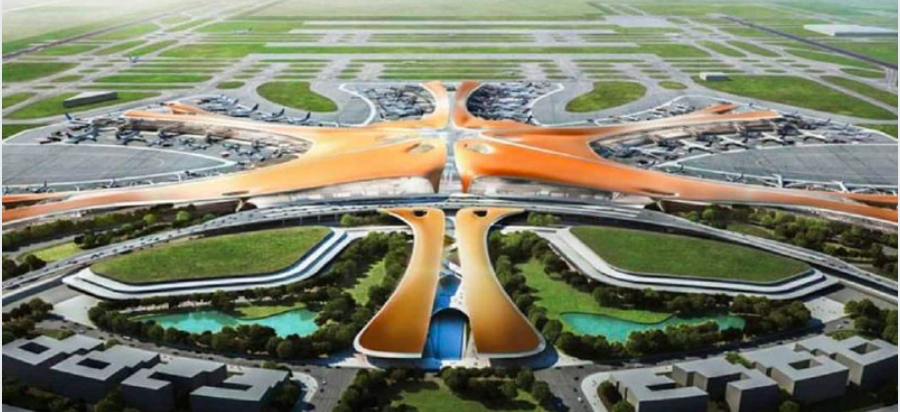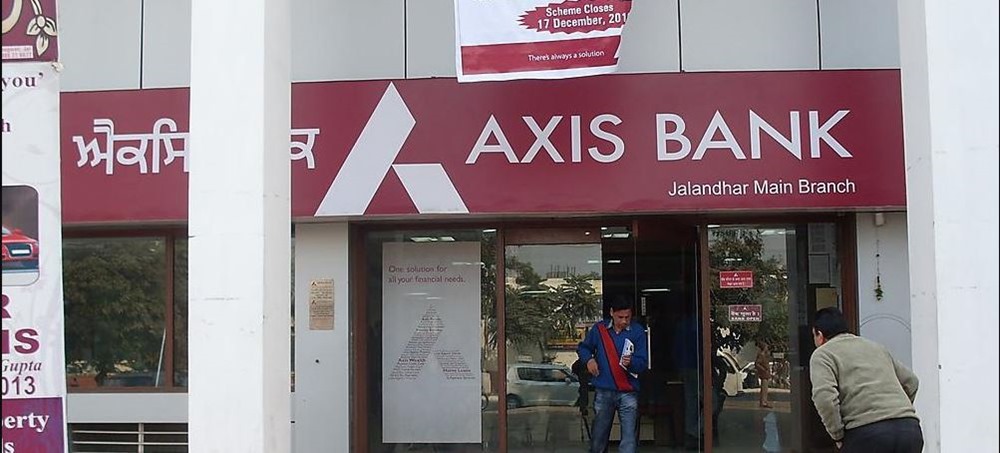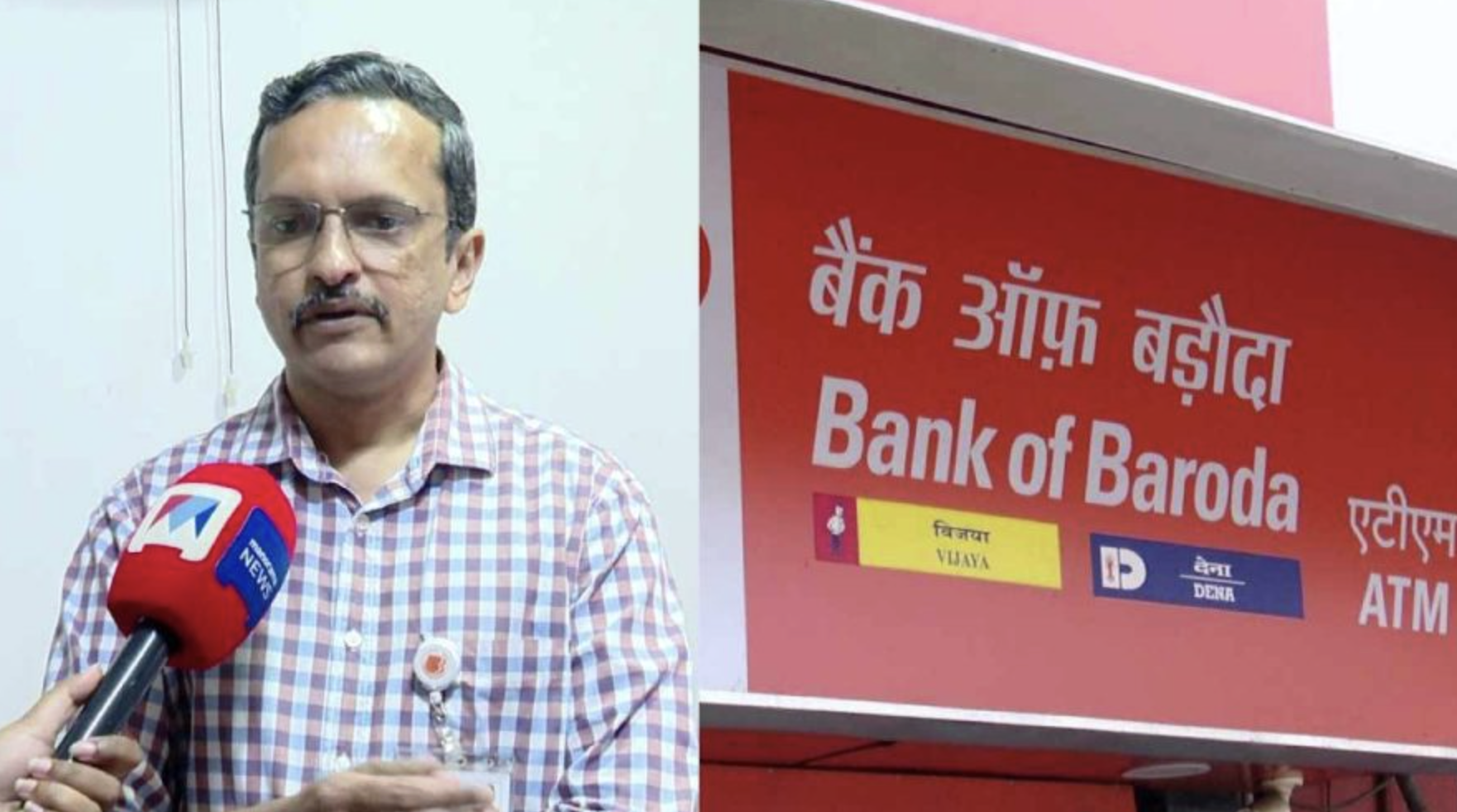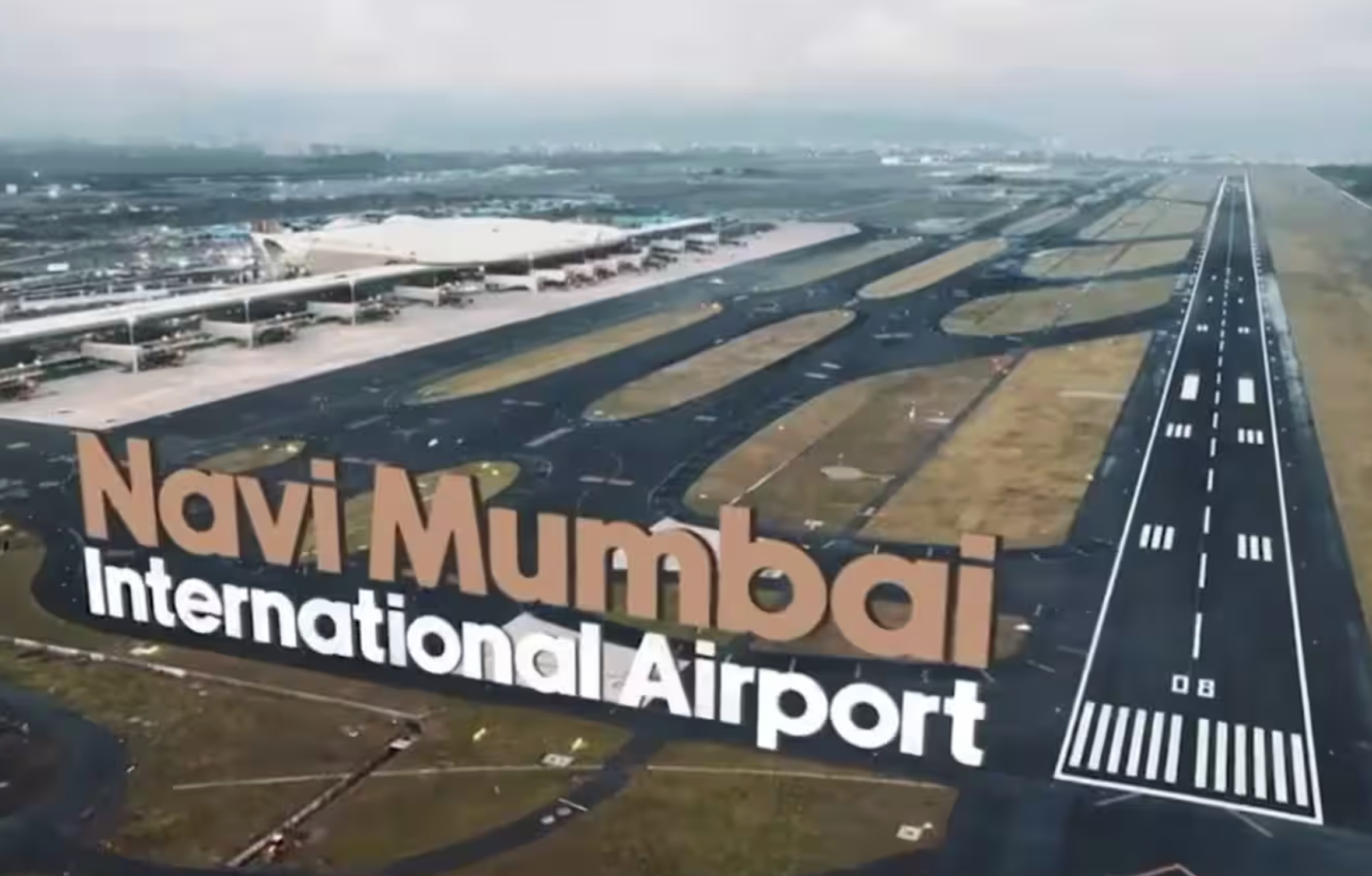For its first-ever bullet train, which shall run on the Mumbai-Ahmedabad route, India is all set to make a mark in the global engineering by constructing a 21 km long tunnel under the Arabian Sea.
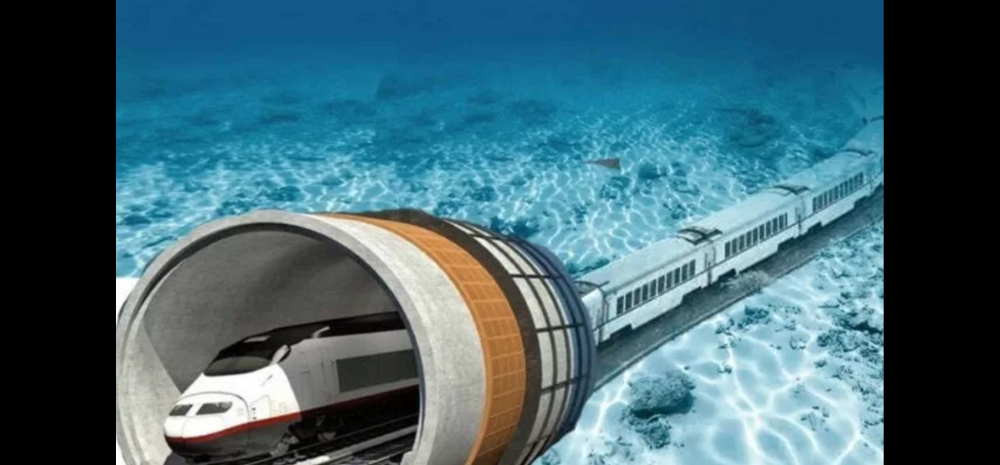
This ambitious project forms part of the Mumbai-Ahmedabad High-Speed Rail Corridor, a critical infrastructure initiative aimed at revolutionising transportation between two of India’s most important cities.
Construction of India’s Underwater Bullet Train Tunnel to Begin Soon
The project will soon start and the construction of same would involve the use of Tunnel Boring Machines (TBMs) to dig beneath the Arabian Sea. The tunnel, stretching from Maharashtra’s Bandra-Kurla Complex (BKC) to Shilphata, includes a 7 km section running under the Thane Creek, an intertidal zone.
It shall be on the depths ranging from 25 to 65 metres below the ground that this segment of the tunnel shall be dug posing several construction woes which include navigation through complex geological layers and working under environmentally sensitive waters.
Now, one would ask how different or challenging is the same from the tunnels that are dug for the metro systems. Typically, for metro tunnels, TBMs with cutter heads measuring 5-6 metres in diameter are used.
Whereas, the ones that shall be employed for the bullet train tunnels shall be measuring 13.1-metre. In order to excavate 16 kilometres of the tunnel, 3 TBMs shall be employed whereas the remaining 5 kms shall be dug using the New Austrian Tunnelling Method (NATM).
Upon completion, this tunnel will enable the bullet train to achieve its top speed of 320 kilometres per hour.
With two tracks to accommodate trains travelling in both directions, this underwater tunnel shall be designed as a single tube. It shall be at 3 key locations that the construction work shall be carried out. These include Ghansoli, Shilphata, and Vikhroli.
Excavation is set to begin soon in Ghansoli, where the first TBM will start digging towards Thane Creek at a depth of 39 metres.
India’s Underwater Tunnel Projects: Balancing Infrastructure Development with Environmental Protection
It is not the first time that the nation is dealing in underwater tunnels, since there is one in Kolkata Metro under the Hooghly River and another one in Mumbai along Line 3, which runs beneath the Mithi River, linking the Bandra-Kurla Complex and Dharavi stations.
It is in the light of protection of the ecologically sensitive Flamingo Sanctuary and Mangrove Forest in Thane Creek that the decision to take this project underground was taken. Going underwater also bypasses the need for land acquisition which can be particularly challenging in the densely populated city of Mumbai.
The National High-Speed Rail Corporation Limited (NHSRCL) has ensured that the excavation process adheres to strict environmental standards. In order to minimize noise as well as air pollution, multiple controlled blasting operations have been conducted with measures in place.
